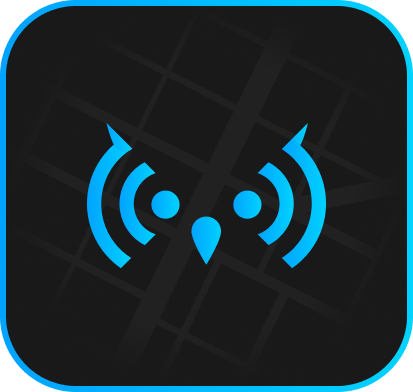October 31 2025
September 9 2025
July 27 2025
2.2.0 Release
Focus: API Integrations · Device Management · UI Enhancements
API Keys for External Integrations
You can now generate API keys directly from the DMS to connect your OWL Mesh data with external systems and applications.
Use cases include custom dashboards, third-party analytics, or linking OWL data to your internal tools.
New Device Relationship Architecture
Device management has been redesigned for clarity and scalability.
You now manage PapaDucks and their associated MamaDucks in one place:
- Create a PapaDuck (gateway node).
- Assign MamaDucks under it to build your network hierarchy.
This simplifies deployments and gives better visibility into parent-child relationships.
Improved User Interface
We refreshed the Devices page with an updated layout and clearer navigation.
You’ll find:
- Dedicated tabs for PapaDucks and MamaDucks
- Streamlined device creation flow
- Improved status indicators and search
⚙️ Other Improvements
- Performance and stability enhancements across device management views
- Minor bug fixes and UI polish
2.1.0 Release
Major fixes and updates. We have implemented major fixes to the web-flasher and Devices Page.
- Fixed PAPA compilation, there was an error with pulling in the Credentials during runtime
- Improved firmware compilation time by 60%
2.0.0 Release
We’re excited to announce Version 2.0 of the OWL Device Management System (DMS). This release marks a major leap forward in usability, device onboarding, data insights, and visualization. Below is an overview of what’s new:
🚀 Web Flasher (NEW)
You can now create and flash firmware for your Ducks directly from your browser with the all-new Web Flasher.
- Supports multiple pre-configured templates (e.g., MamaDuck GPS, DHT11, PapaDuck).
- Automatically embeds credentials from your DMS account into the firmware.
- Guides you through each step of device setup — from USB connection to flashing and deployment.
- No command-line tools required, just plug in your board and flash.
This dramatically reduces time-to-deploy and makes it easier than ever to get your network live.
📊 New Dashboard UI
The redesigned dashboard gives you more control and visibility into your network:
- Real-time device status — Quickly see which Ducks are online, last seen, or inactive.
- Graphical data insights — View historical trends for GPS, battery, and sensor data.
- Time filtering — Easily narrow down data by date ranges to find what you’re looking for.
- Live Webhooks — Visualize incoming messages in real time using our new webhook integration.
This new dashboard helps you understand your network at a glance, making debugging and monitoring seamless.
🗺️ Map Experience Overhaul
The map has been fully upgraded to provide deep geospatial insight:
- All devices are now visible on the global map view with active and historical location data.
- Click on any device to:
- View its full message history plotted on the map.
- Explore past GPS paths.
- Filter data by PapaDuck and time
This is ideal for mobile deployments, environmental sensors, and field testing scenarios.
📥 Improved Data Export Tools
A complete revamp of our Data Export interface makes exporting device data cleaner and more customizable:
- Apply advanced filters (by device, date, event type).
- Download data in CSV format for analysis, reporting, or offline archiving.
- All data exports now include metadata and timestamps for better traceability.
🧰 Other Improvements
- Improved device registration UX — error handling and feedback during flashing is now more robust.
- Backend upgrades for faster data query performance.
- Updated documentation across the board, including flash templates and developer tools.
